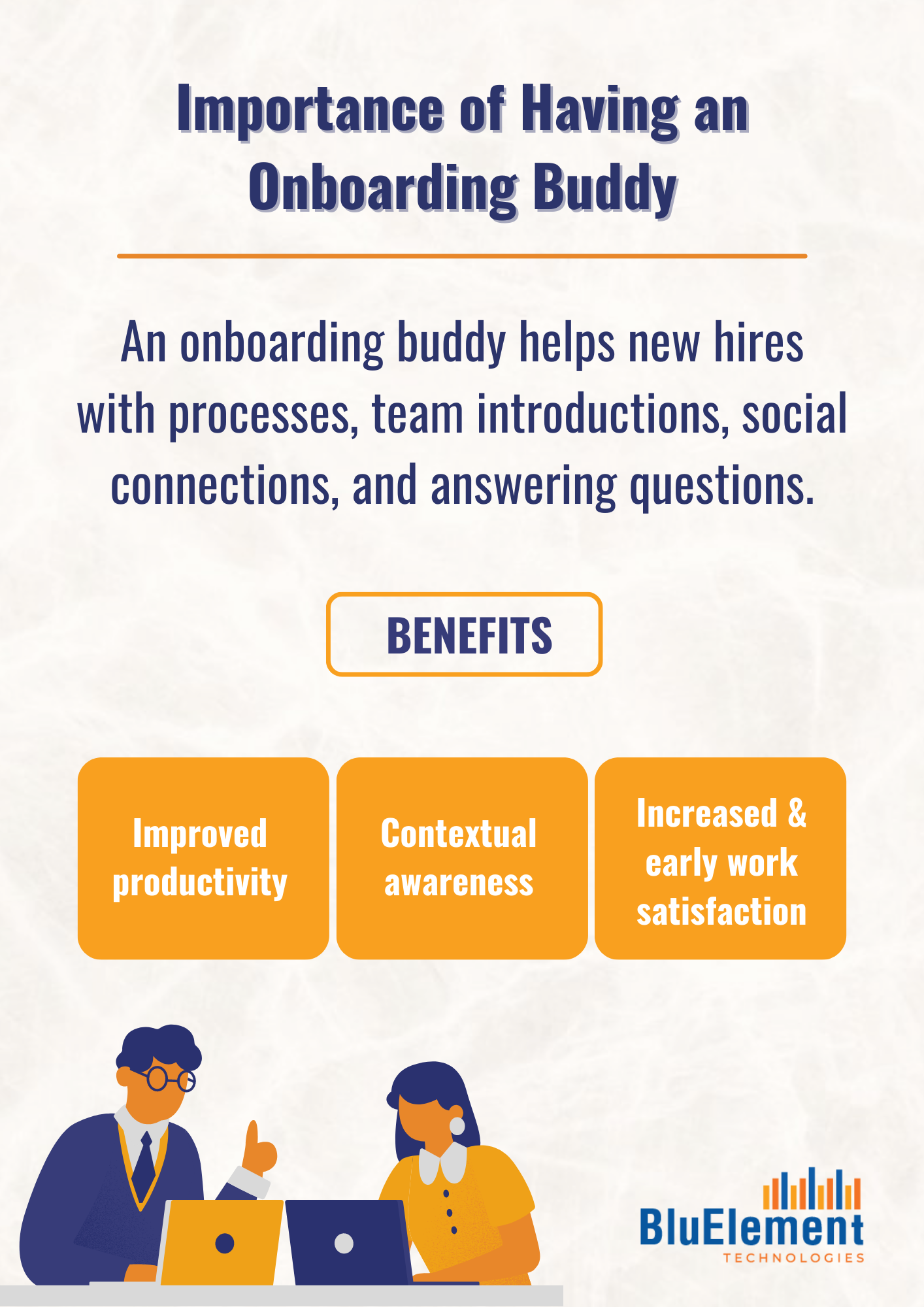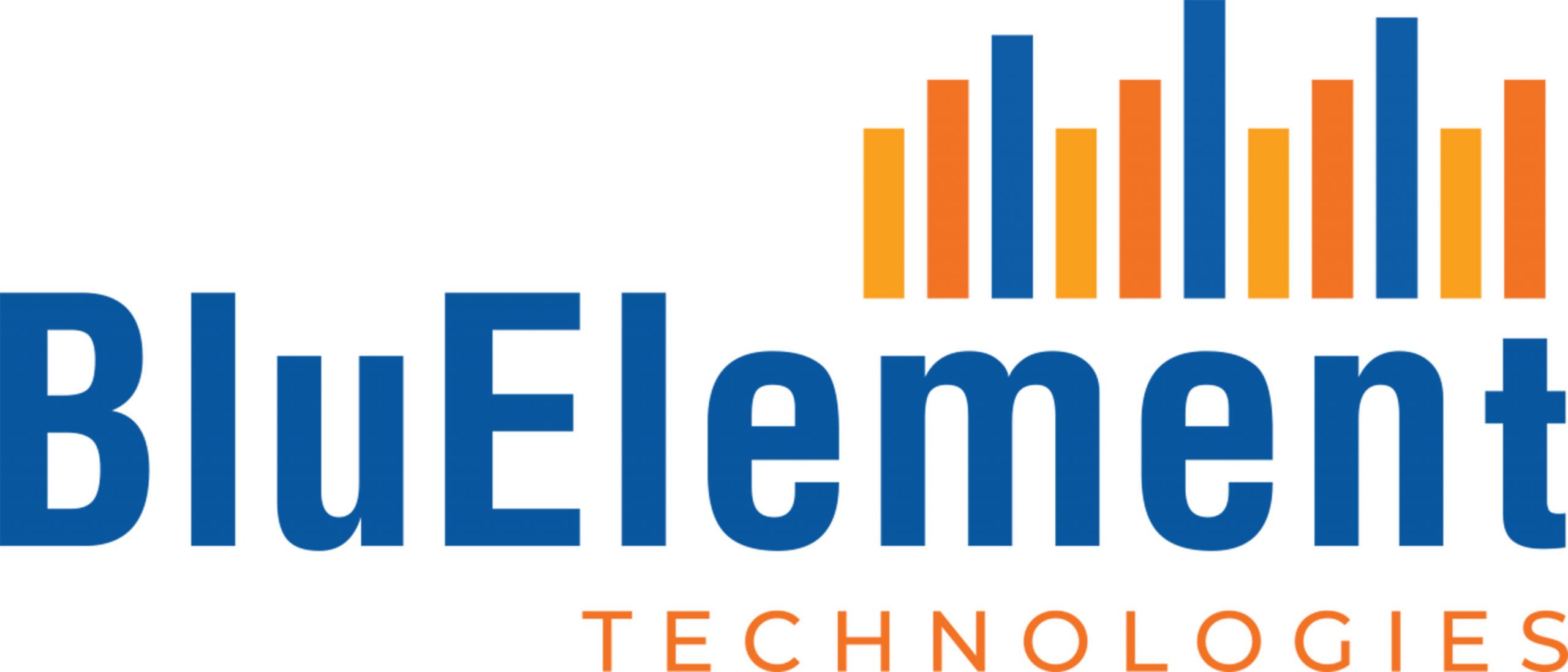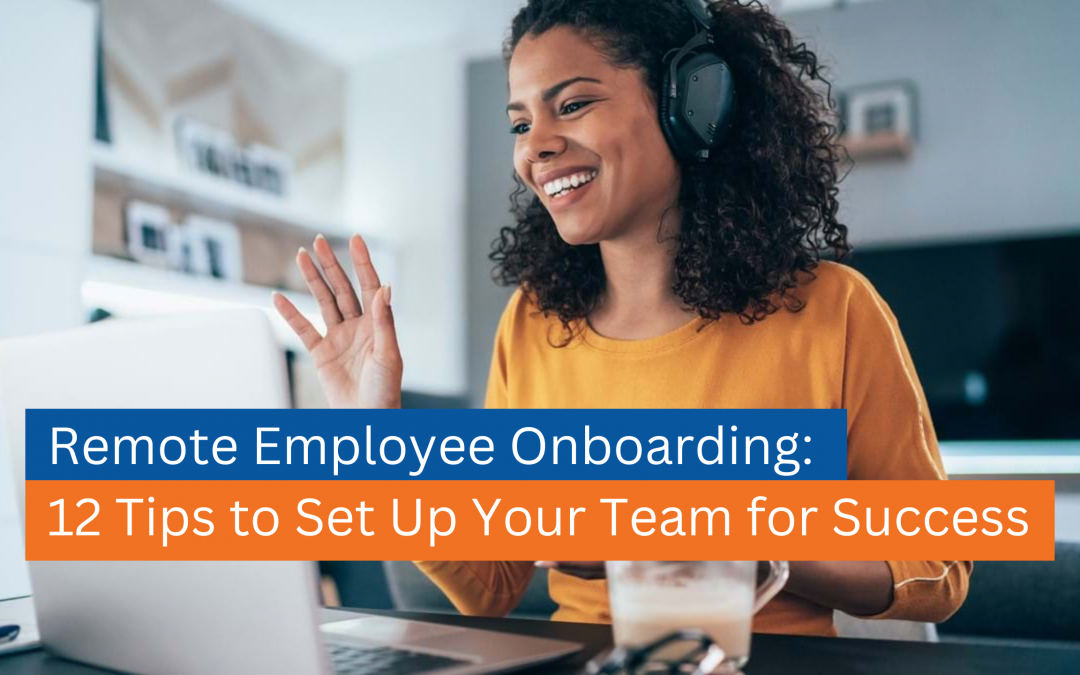Onboarding has never been this challenging for hiring managers. As the number of employees working remotely increased, companies need to update their onboarding strategies to make remote employee onboarding as effective as the traditional onboarding process. It is important to ensure that all your new hires feel welcomed, supported, and set for success. In this article we discuss 12 actionable tips for remote employee onboarding to set your team for success from day one.
12 Remote Employee Onboarding Tips to Boost New Hire Success
1. Plan Ahead
Remote employee onboarding is entirely different from traditional onboarding techniques. You need to consider a range of tools and resources you will need to set up remote employees for success. Video conferencing software, virtual onboarding platform, and remote collaborations tools are few of them. You need to plan everything in advance and communicate this with the new hire to confirm their availability with relevant tools at their disposal. Make sure that you provide all the necessary support so that the new hires can access all resources and tools.
2. Communicate Clearly
Remote employee onboarding requires communication better than the traditional one. You need to communicate clearly to the new hire and explain their goals, expectations, and timelines clearly. Give the new hires an overview of the company culture, organisational structure, and their roles and responsibilities. If you have an employee handbook, then it would be ideal to share it with them.
Also read: 11 Ways to Improve Candidate Onboarding Experience
3. Establish a Buddy System

Pairing new hires with an onboarding buddy can help them navigate the remote working environment. They can answer questions, provide feedback, and offer support throughout the onboarding process. Having an onboarding buddy will benefit the new hires in easing their transition from working in an office to working remotely.
4. Create a Welcome Package

There are several benefits for sending welcome kits to new hires. According to a survey by OfficeTeam, 80% of employees said that receiving a company branded item made them feel more appreciated. Welcome kits don’t have to be expensive. Even branded mugs, pens or appropriate gifts can work the charm. A personalised welcome kit shows that you care about them as an individual.
5. Provide Clear Training
If you are managing remote employees, it is important to make sure they have everything they need to learn their new job. This means providing clear and concise training materials, like detailed documents, videos, and online resources. You want to give them all the information they need to succeed. You can schedule virtual training sessions or arrange a brainstorming session with the existing team. This way new hires can ask real time questions and get to know their colleagues. This will help ensure that everyone is on the same page and feeling comfortable in their new role.
Also read: 13 New Employee Onboarding Challenges & Tips to Overcome Them
6. Schedule Check-Ins
During check-ins, you can ask for feedback on the onboarding process and provide opportunities for open communication. This will help your new hire feel valued and supported, and give them the chance to voice any concerns they might have. Regular check-ins are a great way to make sure that the new hires feel valued and supported.
7. Establish Clear Performance Metrics
If you want your new hires to succeed, it’s important to establish clear performance metrics and goals for them. This will help them understand what’s expected of them and enable them to track their progress and growth. By setting performance metrics, you can also help managers understand how the new hire is doing and whether they need additional support or training. This is important to ensure that your new hire is meeting the standards of the company and achieving their personal and professional goals.
8. Foster a Culture of Collaboration
When working remotely, it’s easy to feel isolated and disconnected from the rest of the team. That’s why it’s crucial to foster a culture of collaboration. One way to do this is by encouraging virtual team-building activities. You can provide opportunities for remote employees to connect and engage with their colleagues, whether it’s through a virtual coffee chat, team-building game, or happy hour. These activities can help remote employees feel connected to their team and improve morale.
9. Provide Resources for Mental Health and Wellness
New hires that are working remotely may find it challenging to maintain a healthy work-life balance and take care of their mental health and wellness. By offering access to virtual counselling services, you can help them deal with work related stress, anxiety, or other mental health issues. Encourage regular breaks throughout the workday and provide resources for stress management and self-care. Implementing these will ensure that new hires are able to maintain their wellbeing and in turn benefits the company in the long run.
Also read: The Do’s & Don’ts of Onboarding – 11 Points to Keep in Mind
10. Encourage Continuous Learning
As a manager, it’s important to encourage your new hires to continue learning and growing in their role. This can be achieved by offering access to online training and development courses, encouraging attendance at virtual conferences, and providing opportunities for cross-functional collaboration. Creating a culture of continuous learning can help remote employees feel supported and engaged in their work. It shows them that you value their growth and development within the company.
11. Solicit Feedback
To continuously improve the onboarding process for new hires, it’s important to solicit feedback from them throughout the process. You can ask for feedback on the onboarding process, training materials, and the overall experience of working remotely. This feedback can be incredibly valuable in identifying areas for improvement and ensuring that future remote employees have a positive onboarding experience. By making changes based on feedback, you can show your new hires that you value their input and are committed to providing the best possible onboarding experience. It’s important to create a safe space for your new hires to share their feedback openly and honestly. This can help you identify any issues that may be hindering their success and ensure that they feel supported throughout the onboarding process.
12. Celebrate Milestones
Finally, celebrate milestones to recognise accomplishments of your new hires. This includes completing their first project or hitting a performance goal. This shows new hires that you appreciate their hard work and are invested in their success within the company. There are many ways in which you can celebrate milestones, like sending congratulatory emails, sending rewards on your R&R platform, or sending small gifts. It doesn’t need to be extravagant, but it should be meaningful and heartfelt.
Conclusion
In conclusion, remote employee onboarding can present unique challenges, but with the right approach, it can be a smooth and successful process. Planning ahead, communicating clearly, establishing a buddy system, creating a welcome package, providing clear training, scheduling check-ins, establishing clear performance metrics, fostering a culture of collaboration, providing resources for mental health and wellness, encouraging continuous learning, soliciting feedback, and celebrating milestones are all crucial components of a successful remote onboarding process. By following these tips, you can set up your remote team for success and ensure that your new hires feel supported and engaged from day one.
Follow us on our Facebook, Instagram, and LinkedIn pages to stay updated with the latest articles, videos, announcements, and more.




